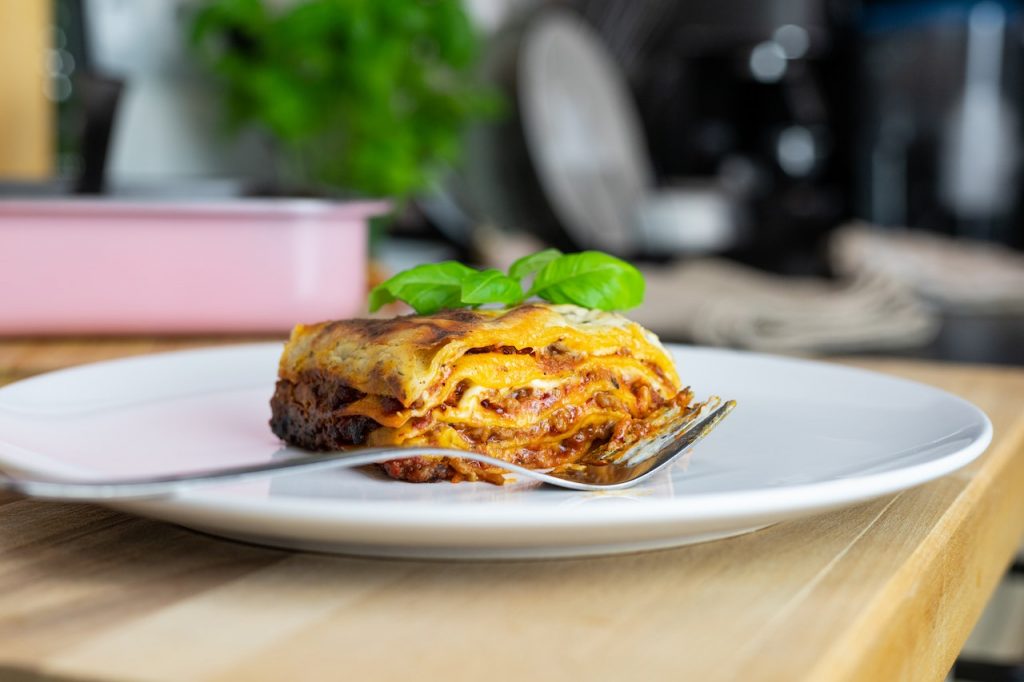From the individuality of our clothing to our language and spiritual beliefs, food is one ignored delightful component of life that becomes part of one's cultural identity, ruling out the most obvious of them all, clothes and language.
Food, like other areas of life, expresses identity, values, and lifestyle. Humans share the sensation of eating and food. People bond over it. It's stated that "those who love to eat are usually the greatest people," therefore gatherings with food as the main attraction are generally lively. Recipes are handed down from generation to generation, preserving family ties and cultural and geographical heritage. People share the complexity of their lives over a nibble, a drink, and a listening ear while preparing and eating meals.

Pexels / Mariana Kurnyk | All food is cultural and nutritious, however. Food and eating habits are a way to express love and acceptance.
Taboo
In translation, this has expanded to include cuisines from all over the globe, ranging from bizarre to conventional, depending on cultural norms and surroundings.
From hunt and gather through current times, food has been essential to human life. The need to eat is universal, yet various cultures have distinct taboos and ideas about what may be eaten. Food taboo is part of food culture's intricacy in human behavior. Food taboos are influenced by psychological, physiological, educational, and social aspects.
Due to their religion and its effects on mother and child, several cultures advise pregnant women to avoid particular foods. In several faiths, pork is forbidden and must be cooked according to religious rules.

Pexels / Terje Sollie | Some foods are utilized in rituals as gods' food.
As the saying goes, "One man's poison is another man's meat," therefore the paradox of food is that what one group considers a delicacy is another's desecration. Food taboos are ubiquitous and commonly found in historical records. Though it seems that the entrance to the taboos arises from the lack of medical and science to explain allergies and responses to particular foods by some people, influencing the concept of food taboos in diverse cultures and families, along with traditional and religious food taboos.
The cultural and historical background behind food as in the act of friendly gestures to visitors the choicest beloved local meal symbolizes friendliness and warmth allowing the guest into a smooth flow of their cultural heritage.
Symbolic
"Home is where the heart is" and food's familiar scent triggers homesickness. Thus, food induces "homesickness" and pleasant memories that strengthen families and friendships. The scent of food brings back happy memories. Eating with family and friends makes meals taste better.

Pexels / Mateusz Feliksik | Food is a memory for everyone learning to design a life that fits a scene and family.
Expressing Oneself
We express ourselves via our cooking. This is shown by the popularity of seafood in coastal and riverine places. A place's traditional meals reflect identity and heritage. Each place has a dish or cuisine that reflects its culture and personality.
In other countries, trying the local cuisine is typically at the top of one's list. One way to connect with people is by eating local food.
Thus, traditional dinners as a way of culture are kept beyond their original cultural bounds by publicity and introduction to other geographies, which assists political diplomacy by conserving and spreading cultural diversions via the culinary interchange.
We witness the complexities of food in ceremonial and social activities, where certain meals are highly treasured and set aside for specific religious feasts while others are basic.



